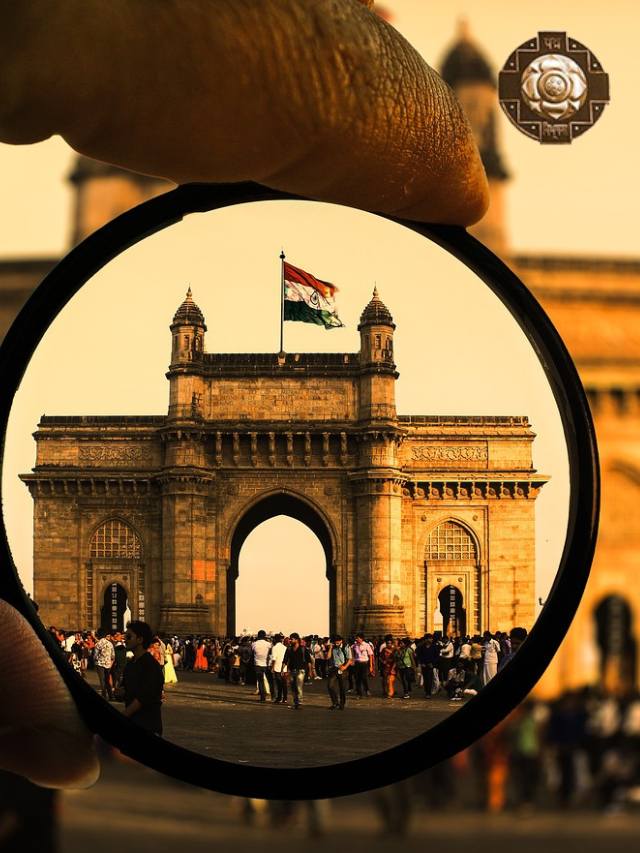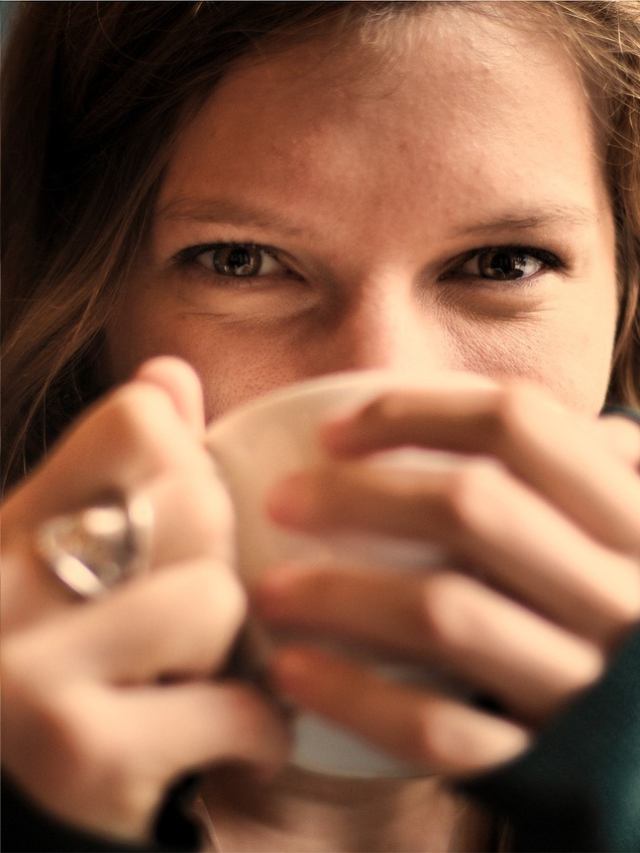No matter how much technology is used, at some point the umpires on TV and on the field struggle to give the right decision; But this year, a new review system will be used in the IPL, so there will be more clarity in the decisions.

IPL News
No matter how much technology is used, at some point the umpires on TV and on the field struggle to give the right decision; But this year, a new review system will be used in the IPL, so there will be more clarity in the decisions. The IPL starting from next Friday will be a new invention of the new technology review system. Appealing to the third umpire that the TV broadcast director would have been an important factor in showing the important replay. Now new technologies and systems will make this factor obsolete.
The name of this system is ‘Smart Review System’. TV umpires will now get direct inputs from Hawk Eye operators. Interestingly, both of them will be in the same room. Images captured by Hawk Eye’s eight ultra-fast cameras will be instantly available to TV umpires. This will provide more visuals than previously received by TV broadcaster operators, as well as different screen images in the same frame, making it increasingly easy for TV umpires to make accurate decisions. As a result, no one will be wronged.
For example…
Caught in the air on the boundary. Earlier, broadcasters could not see the same image on two different screens from different angles. Now that is going to be possible, so it will be known whether the fielder’s feet touched the boundary or not when he took this catch on the boundary. Similarly, if an over thrown ball goes for a boundary, the Hawk Eye operator will present the exact moment of both the events whether the batsmen crossed each other at the time the ball was tossed. This was the decisive moment in the 2019 ODI World Cup final. At that time the umpires did not have a picture of the same moment from either side, so England got four runs from the over throw, so they could have tied the match.
Hawkeye’s eight cameras
There will be eight high quality and high speed cameras each for each IPL match. Two each of these cameras will be located on the opposite boundary of the wickets while two cameras each will be located at both the scare legs. Until the last IPL, Hawkeye cameras were mainly used for ball tracking (estimated direction of the ball after it fell) and ultra edge (very fine edges of the bat). So it was used only for Paichit or Zelchit. At this time, broadcasters used their own cameras to catch near-ground catches or over throws in the field.
The final decision will be made faster
Taking the help of TV umpires to decide wickets, it was first seen whether the ball hit the bat or not, then time was also taken to watch Ultra Edge. (to check if conflicting) Now the hawk eye operator will present two different screens in the same frame as well as images of the same moment, so what is the distance between the bat and the ball. Or whether the ball has touched the bat or not, it will be clear there. At the same time the image of Yishtichit’s moment will also be presented. As a result, this decision will be received quickly. Face-to-face images will be presented for the wicket, so it will be clear at the same time when the bells are fired and where the batsman’s foot was at the same time. Prior to this, images were only provided from a side angle and a camera between the stands would check where the foot was; But for that, different images had to be seen.
Ease of decision-making even on foot
Pacit’s judgment was sometimes time-consuming, all factors such as the edge of the bat, the phase and direction of the ball and then the ball tracking were examined; But now the Hawk Eye camera will instantly show exactly where the ball has landed and then the ball tracking option will be checked. This will make the decision easier and save time. Ground Catches… Ground catches are always controversial with many replays not knowing whether the catch was caught or not; But in this smart review system, Hawkeye will show a single frame from the front, and because these cameras are higher resolution, the TV umpire can manually zoom (enlarge the picture) to view the image from the desired angle.
Also read this:
• BCCI Central Contracts: How does BCCI select players, what about A+, A, B, C contracts?







